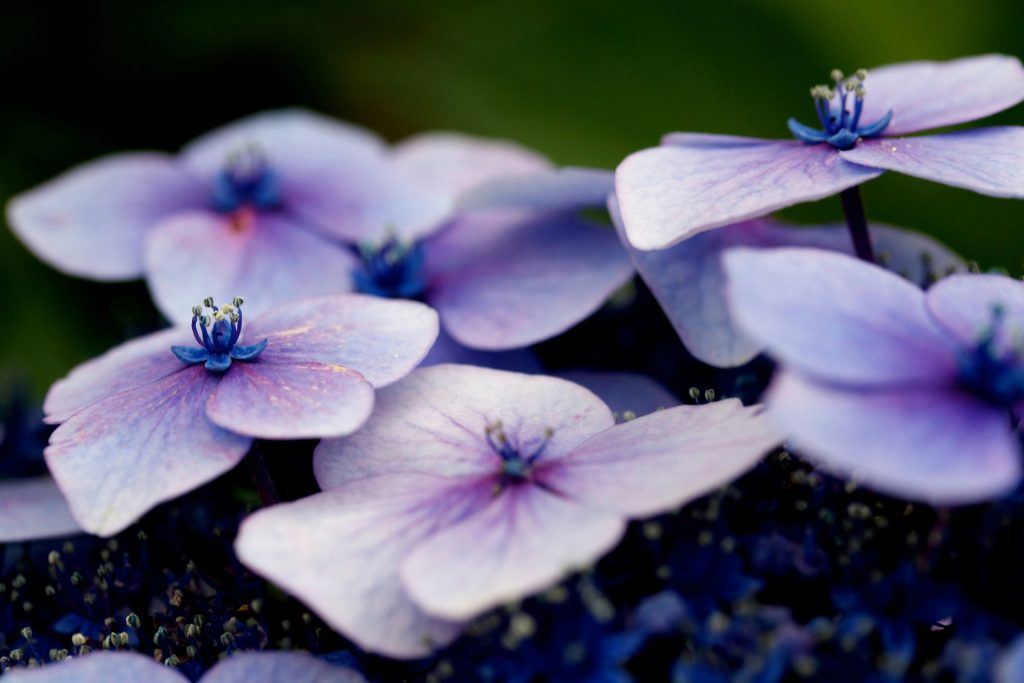Violet, violet leaf, common violet, English violet, garden violet, scientifically known as viola odorata, is one of the hundreds of species of the flowering plant in the Violaaceae family. It has over 500 types of species and most are primarily found in the Northern Hemisphere, some of the species can also be found in Hawaii, Australiasia and the Andes.
Throughout history, violet was especially symbolic to ancient Greece, particularly Athens as it was the flower that symbolized the Goddess Aphrodite and her son, Priapus. In the 19th century, particularly the late Victorian period, the flower became popular in terms of perfumery due to its desirable scent.

In the current day, violet is widely used in perfumery and food. The French are known for their violet syrup, and the aforementioned syrup is quite popular in the United States, being used to make violet scones and marshmallows. The leaves itself can also be eaten, and pure violet flower extract is used in expensive European cuisine.
The true violet flower extract is either impossible or extremely difficult to obtain so merchants will very likely sell a synthetic version of it. It is easier to obtain violet leaf essential oil but the yield is very low, 1000kg violet leaves typically only yield 1kg of violet leaf essential oil, so be prepared to pay quite a lot of money for it.
Therapeutically, violet leaf essential oil is believed to have benefits ranging from:
- Promote an earlier onset of sleep to improve sleep quality and address insomnia
- Provides emotional comfort by alleviates unwelcoming moods such as anxiety, burnout and fatigue
- Possesses analgesic properties to provide pain relief for headaches, muscular and joint aches
- Possesses expectorant properties to facilitate easier breathing and provide overall respiratory support
- Possesses aphrodisiac qualities to enhance sensuality and improve low libido levels
Just like any other essential oil, violet leaf essential oil should not be ingested. If you are curious or intrigued, it is much better to opt for the infamous French violet syrup and other confectioneries that incorporate the flavor of the violet flower in a way that is safe to be ingested.
Violet leaf essential oil is said to have a very green, grassy and subtly floral scent. To use via inhalation or diffusing, incorporate violet in a blend. It is said to blend well with a range of essential oils such as basil, benzoin, geranium, jasmine, lavender, cardamom, cedarwood and citrus oils.
Violet leaf essential oil is believe to be on the milder side but even with milder or gentler oils, you should not skip patch testing before topical usage. In terms of topical application, violet leaf essential oil can be applied on areas that require pain relief or be incorporated in a calming aromatherapy massage blend. To date, it is uncertain as to whether violet leaf essential oil is safe to be used on/around children and expecting mothers. It is definitely helpful to consult in a medical professional or a qualified aromatherapist for a second and/or third opinion. Just like any essential oil, violet leaf essential should be used in moderation only.